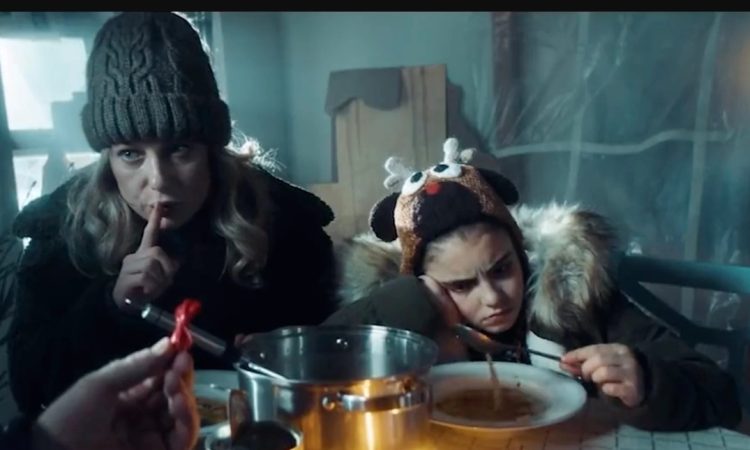Russian State Media Makes Bizarre Video Warning Europeans Who Continue to Support Ukraine Will Eat their Pets Next Christmas (Video)

In a bizarre video message, Russian state media released a video warning freezing Europeans that they would be forced to eat their pets next year if they continue to support Ukraine.
The reality of soaring energy prices combined with shortages of gas and oil is sinking in with the European public and they are not happy.
Ukrainian President Volodymyr Zelensky has warned Europeans to brace for a cold winter after Moscow cut oil and gas exports to European countries.
Russia used to provide 40–50% of the natural gas imports to the EU before the crisis with Ukraine.
President Putin of Russia cut off a major pipeline to Europe in August. Because of this, the cost of heating houses has skyrocketed in Ukraine’s allies, putting pressure on their economies.
This week, Russian state media, RT, published a video with the message: ‘Merry Anti-Russian Christmas. If your media doesn’t tell you where this is’.
Daily Mail reported:
The traditional Christmas song Silent Night is playing over the advertisement with a piano accompaniment.
The mother takes her hands away from her daughter’s eyes to reveal they have bought a hamster, with a red ribbon tied in a bow on its head.
The girl looks pleased and the family hug one another
‘Christmas 2021’ flashes up on the screen to indicate the timeframe.
Then ‘Christmas 2022’ comes on the screen to show that a year has passed.
The father places the hamster cage on the table.
He then wires it up and it is seen to be powering the Christmas lights.
As the hamster powers the lights, the family are sat in an otherwise dark room in Christmas jumpers.
It then moves from Christmas 2022 to Christmas 2023.
There is still no lighting in the house and they are eating a watery soup dressed in coats and hats.
The man pulls the bow tie from his mouth.
The mother then puts her finger to her mouth to indicate that they should not let anyone know it is the hamster they are eating.
Watch the video below:




